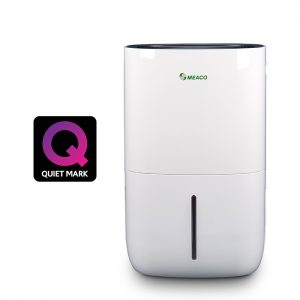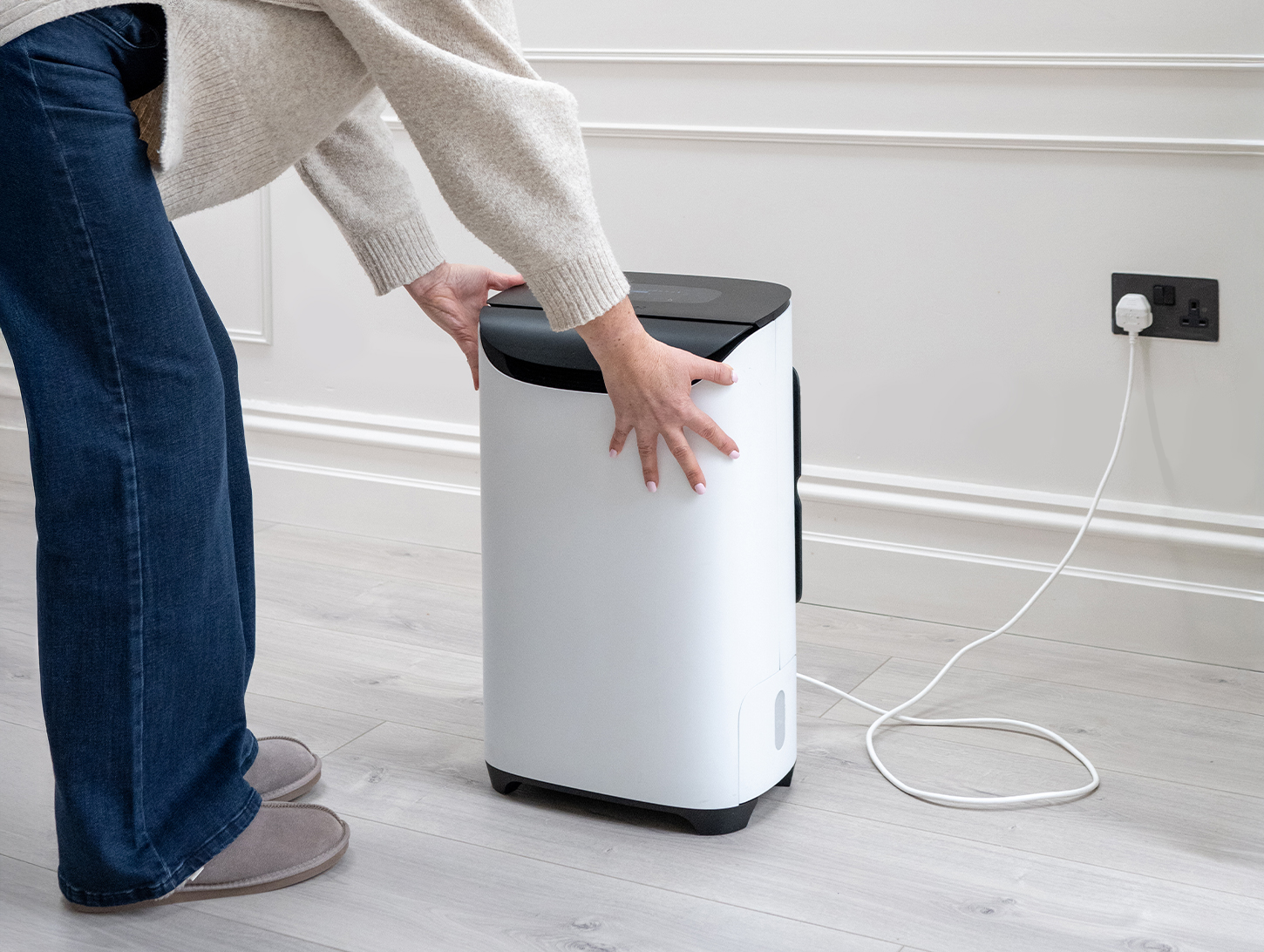One of the things that really confuses customers is the dual standards that exist for dehumidifiers which means that in British applications an 8 litre a day desiccant dehumidifier is actually larger than a 10 litre compressor dehumidifier and in some applications a 20 litre compressor dehumidifier!
So how can 8 be larger than 20 and how do you work this out if you have never used a dehumidifier before?

For 40 years the mainstay of the domestic dehumidifier market has always been the compressor dehumidifier, desiccant dehumidifiers are fairly new in that they arrived on the UK market about 8 years ago and in many parts of mainland Europe are only just arriving now. The bulk of world dehumidifier sales are in the Far East where the climate is a lot warmer and more humid, this is also where the majority of dehumidifier manufacturers are based.
When you take that on board you can see how the test standard for compressor dehumidifiers of 30°C and 80%rh came about. All domestic dehumidifiers are tested at these conditions and so in that sense you get a level playing field and you can say that under those conditions this dehumidifier is the same as that dehumidifier and that dehumidifier is larger. So at 30°C and 80%rh a 20 litre compressor dehumidifier is bigger than a 10 litre compressor dehumidifier and comparisons are simple and straightforward. But this test does not mean that a ten litre dehumidifier will extract ten litres at 20°C in a British house, why?
A compressor dehumidifier loses efficiency as the temperature and the room relative humidity drops. The lower these get the harder it has to work to reduce the temperature within itself so that condensation can form on its coils. So for example under the test conditions of 30°C and 80%rh the dehumidifier just needs to cool internally to 27°C for condensation to occur, but in a British home at say 20°C and 60%rh the internals would have to drop to 15°C and in an unheated application like a garage at 10°C and 60%rh the temperature would have to fall to 6.5°C. So all of the time the dehumidifier is having to work hard to cool down it’s coils and create the correct temperature for condensation to form.
The consequence of these lower temperatures is a drop in efficiency, below are some figures for our own Meaco brand dehumidifiers at the above conditions.
Meaco 10L
10°C/60%rh 1.9L/day
20°C/60%rh 3.9L/day
Meaco 20L
10°C/60%rh 2.9L/day
20°C/60%rh 8L/day
Meaco 30L
10°C/60%rh 7.3L/day
20°C/60%rh 12.2L/day
Meaco 40L
10°C/60%rh 9.5L/day
20°C/60%rh 16.2L/day
The above figures are only valid for the Meaco range, other dehumidifiers might extract the same at 30°C and 80%rh but that does not mean that they will extract as much as the Meaco’s at these lower temperatures.
Compare this to a desiccant dehumidifier which does not have to cool itself at all to extract moisture from the air and you can see how the 8 litre desiccant can be said to be larger than a 20 litre compressor.
Meaco DD8L and DD8L Junior
10°C/60%rh 7.3L/day
20°C/60%rh 7.4L/day
This shows us that at 10°C the 8 litre desiccant performs as well as the 30 litre compressor and at 20°C it is almost identical to the 20 litre and extracts twice as much as the 10 litre.
So there you have it, clear as mud. What I would ideally like to see is a European standard encouraging/forcing all manufacturers to declare their extraction rates at 10 and 20°C as many dehumidifiers are not very well set up for use at colder temperatures and not all machines perform the same as the temperatures drop.
Soon we will make this data available on our main website and we would encourage customers to quiz other manufacturers to do the same so that we can greater transparency as to which dehumidifier is the most effective.
Products featured: DD8L Junior, Meaco DD8L,Meaco 10L






